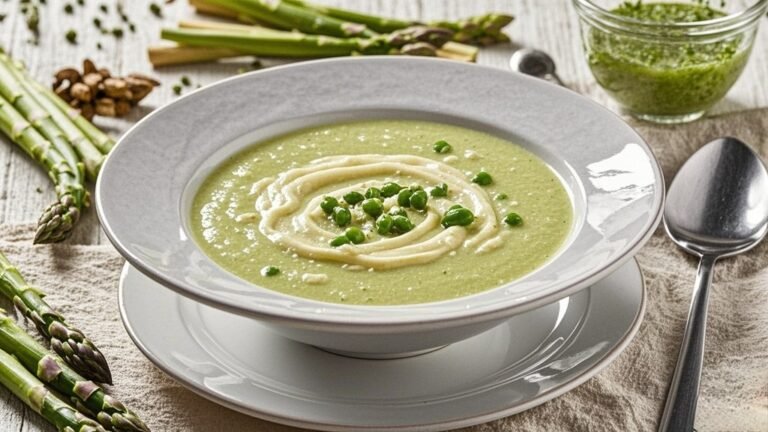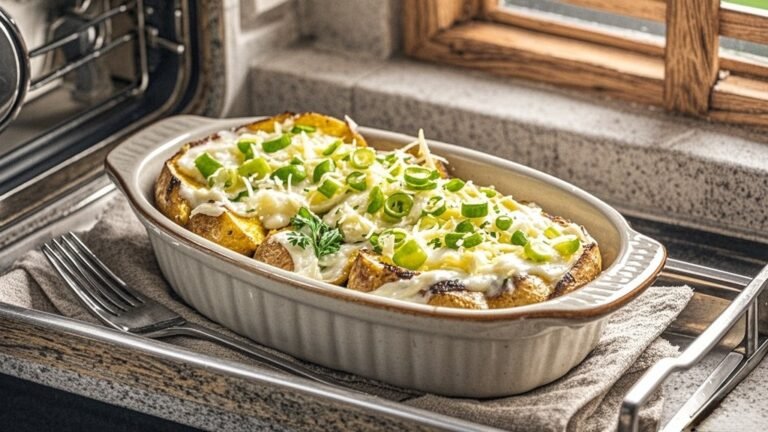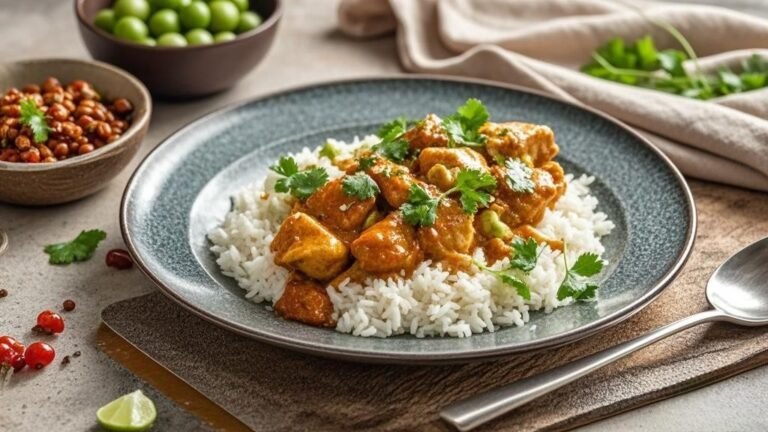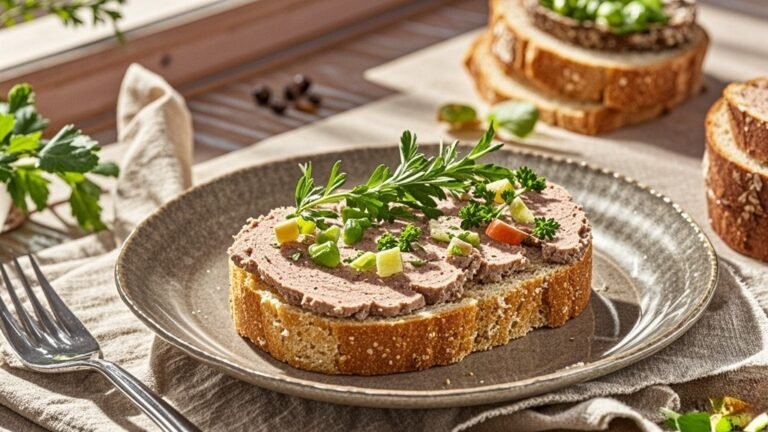Mary Berry Spaghetti Sauce
I. Introduction
Mary Berry is a celebrated figure in British cooking, known for her extensive contributions as an author and television personality. With over 70 cookbooks to her name, including popular titles like Mary Berry Cooks and Mary Berry’s Baking Bible, she has shaped the cooking skills of many home chefs. Her fame grew as a judge on the BBC’s The Great British Bake Off, further solidifying her place in the culinary world. Trained at Cordon Bleu in Paris, Mary started her career as a magazine cookery editor and released her first cookbook in 1966. She has received numerous accolades, including the Guild of Food Writers Lifetime Achievement Award and being honored as a CBE. Her recipes are beloved for their comforting essence and accessibility, making them ideal for both novice and seasoned cooks.

This spaghetti sauce recipe embodies Mary’s philosophy of using quality ingredients while being adaptable, as it can be made vegan or tailored to individual tastes.
II. Mary Berry’s Unique Approach & Historical Context
Mary Berry highlights that quality ingredients are essential for great cooking. Her spaghetti sauce exemplifies this belief, featuring fresh tomatoes, aromatic herbs, and high-quality olive oil. This dish has its roots in Italian cuisine, where the emphasis is placed on using simple, fresh ingredients.
Historically, spaghetti sauce evolved from traditional tomato sauces in Italy, with regional variations. Mary’s recipe honors classic Italian methods while incorporating her unique twist, such as a hint of sweetness from grated carrots and a dash of red wine for added depth. This combination of tradition and innovation is what makes her sauce beloved.
III. Notices on Ingredients & Equipment
Ingredients:
- 2 tablespoons olive oil (extra virgin recommended)
- 1 onion, finely chopped
- 2 garlic cloves, minced
- 1 carrot, grated
- 1 celery stalk, finely chopped
- 1 can (400g) chopped tomatoes
- 2 tablespoons tomato purée
- 1 teaspoon dried oregano
- 1 teaspoon dried basil
- Salt and pepper, to taste
- A splash of red wine (optional)
- Fresh basil leaves, for garnish
- Grated Parmesan cheese (or a vegan alternative, for serving)
Equipment:
- Large saucepan
- Wooden spoon
- Chopping board
- Knife
- Grater
- Measuring spoons
IV. Recipe Instructions
Heat the Olive Oil: First of all, In a large saucepan, heat the olive oil over medium heat.

Sauté the Vegetables: Add the finely chopped onion, garlic, grated carrot, and celery. Sauté for about 5-7 minutes until the vegetables are softened.
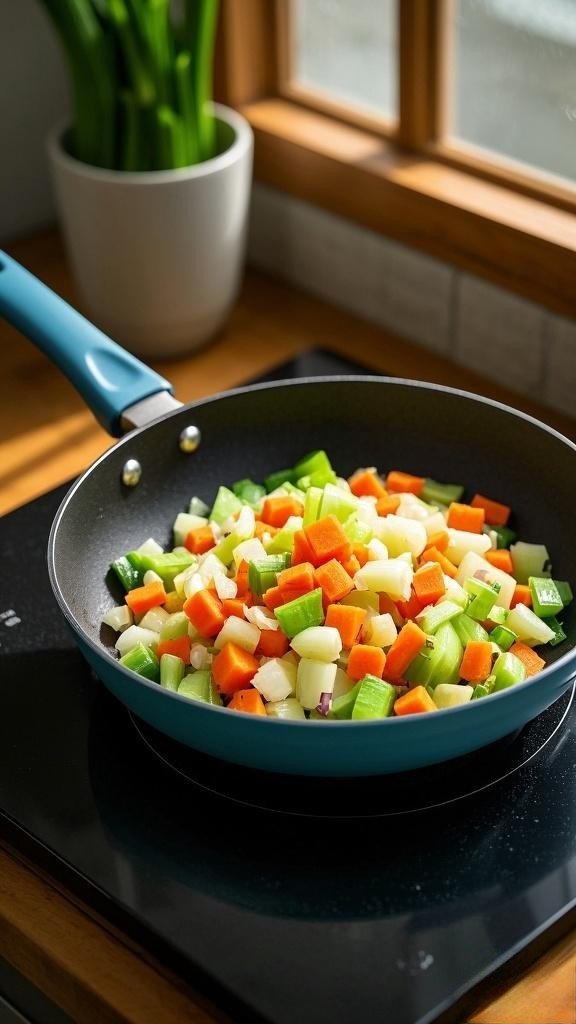
Incorporate Tomatoes: Stir in the chopped tomatoes and tomato purée, mixing well.
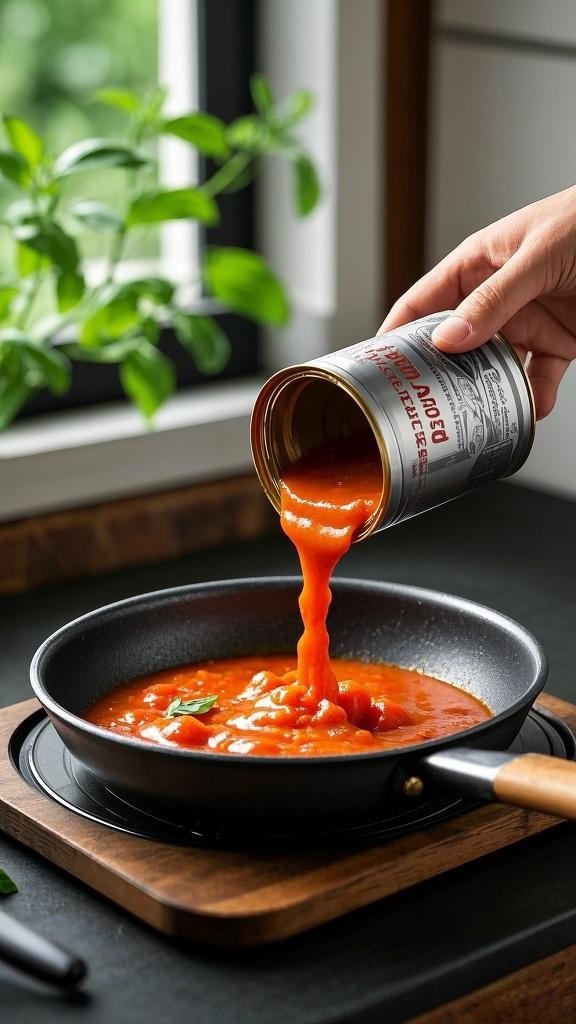
Season the Sauce: After this, Add the dried oregano, dried basil, salt, and pepper. If using, add a splash of red wine.

Simmer the Sauce: Bring the sauce to a gentle simmer and cook for 20-25 minutes, stirring occasionally.
Serve: Once the sauce has thickened, serve it over your choice of cooked spaghetti. After this, Garnish with fresh basil leaves and grated Parmesan cheese.
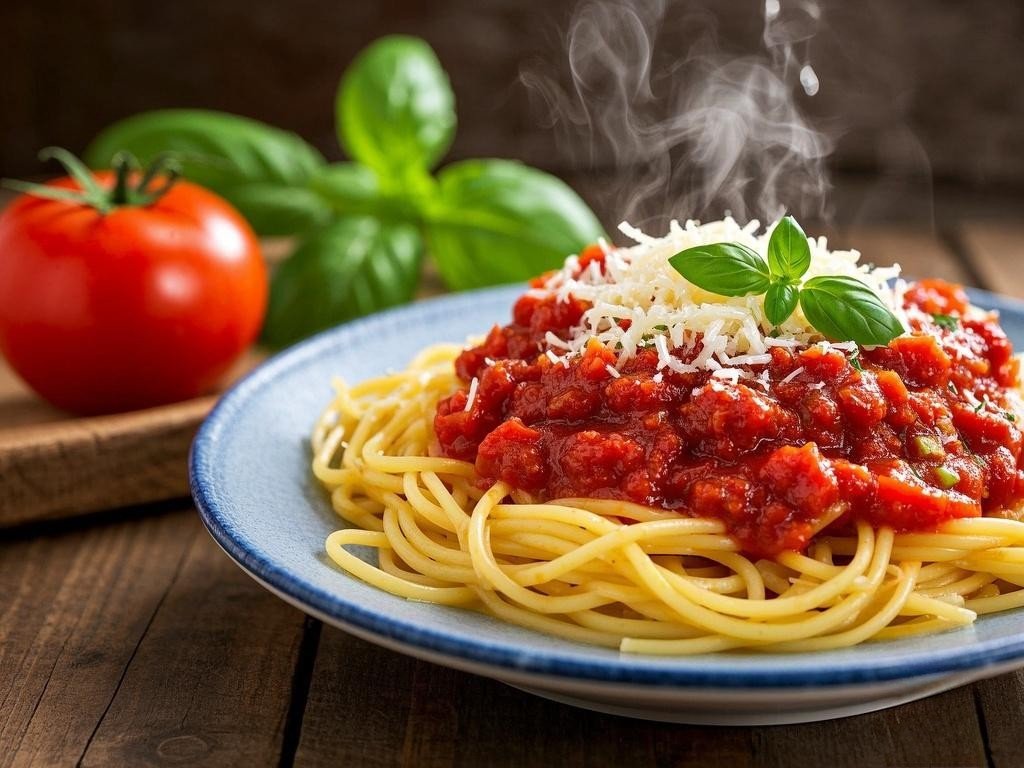
V. Flavor Profile & Nutritional Information
The sauce is rich, savory, and slightly sweet with a hint of acidity from the tomatoes, providing a comforting balance of flavors that makes it perfect for any pasta dish.
Nutritional Breakdown (per serving):
- Calories: 220
- Fat: 10g
- Protein: 6g
- Carbohydrates: 30g
- Fiber: 5g
VI. Tips for a Perfect Spaghetti Sauce
- Troubleshooting Common Issues: If the sauce is too acidic, add a teaspoon of sugar to balance the flavors.
- Enhancing Flavor and Texture: Consider adding sautéed mushrooms or bell peppers for additional depth.
- Suggesting Variations: Try incorporating olives or capers for a Mediterranean twist.
VII. Alternative (Vegan and Non-Vegan)
Vegan Version:
Replace Parmesan cheese with a vegan alternative or nutritional yeast for a cheesy flavor. Follow the same instructions as above.
Non-Vegan Version:
For a meaty sauce, add minced beef or sausage to the pan when sautéing the vegetables. Cook until browned before adding tomatoes.
VIII. Recipe Variations & Serving Suggestions
- Add Protein: Incorporate cooked chicken or shrimp for a hearty meal.
- Pasta Alternatives: Serve over zoodles (zucchini noodles) or whole grain pasta for a healthier option.
IX. Storage & Reheating Instructions
- Storage: Store in an airtight container in the fridge for up to approximately 3 days.
- Reheating: Gently reheat in a saucepan over low heat, adding a splash of water if needed.
X. Frequently Asked Questions (FAQ)
- Can I freeze this sauce? Yes, it freezes well for up to approximately 3 months. Thaw in the fridge before reheating.
- Can I use fresh tomatoes? Absolutely! Use about 1kg of ripe tomatoes, blanched and peeled.
- How spicy can I make it? For a spicier sauce, add some red pepper flakes to taste.
XI. Conclusion & Call to Action
This spaghetti sauce is a delightful addition to any meal, showcasing Mary Berry’s commitment to quality and flavor. Try this recipe today and share your feedback! Don’t forget to explore more of Mary Berry’s delicious recipes on her official website.
XII. Additional Resources
For more insights into cooking and recipes, visit Culinary Hill and discover an array of resources. For the history of pasta sauces, consider reputable sources like culinary textbooks or historical cooking blogs.

